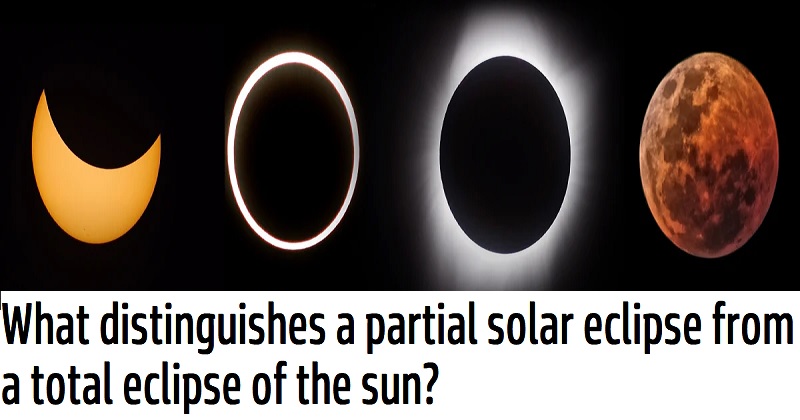
For the first time in more than ten years, a partial solar eclipse will be visible throughout parts of India today, October 25. The following notable eclipse that Indians will be able to see is an annular one in May 2031.
But how are partial solar eclipses different from total eclipses? Let’s look into it.
When the moon moves in front of the sun and the earth, blocking off the sun’s brightness, a solar eclipse takes place. A solar eclipse happens when the moon’s shadow covers the planet.
The three types of solar eclipses are annular solar eclipses, partial solar eclipses, and total solar eclipses.
Total solar eclipses totally cover the sun’s disc as opposed to partial solar eclipses, which only partially hide it.
A partial solar eclipse occurs when the sun, moon, and earth are not exactly lined up. During this event, the sun appears to have a black shadow covering some of its surface. There are three stages to a partial solar eclipse: the start, the peak, and the end.
During its first phase, the moon crosses the sun’s disc, reaching its fullest phase when the most area of the disc is covered. When the moon starts to move away from the earth and sunlight can shine through, the moon enters its third phase.
The partial solar eclipse is unique since it can only happen with a new moon.

Post Your Comments